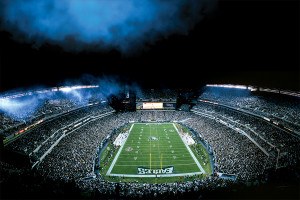Taste: Spirits: The Bleu Fairy
ABSINTHE, THAT ONCE-NOTORIOUS spirit that smells of sage and tastes first of dusty licorice and then of bitter, earned its cachet in the glasses — and hallucinations — of Picasso and Hemingway in the early 1900s. In 2008, absinthe owes its cachet, at least in Doylestown, to Mark Matyas, chef/owner of the convivial Slate Bleu.
[sidebar]A worn soapstone bar dominates the comfortable restaurant, which cultivates a sense of faded elegance despite its young two and a half years. It may be the charmingly anachronistic house aperitif, a nose-ticklingly bubbly combination of Domaine Chandon brut and deeply cherry crème de griotte. Or it may be the argyle socks, worn without irony by the polished clientele.
Scrawled on the bar’s mirror is another throwback: “Genuine absinthe is here.” Slate Bleu is among the bars that can advertise that; Matyas was one of the first to acquire the legendary spirit after the United States lifted its 99-year ban on it last year.
You’ve tasted things like absinthe before. Lower-alcohol replicas, like Pernod and ouzo, made without the classic wormwood, have enjoyed occasional popularity, and there are those Chloraseptic-strong versions smuggled home from European vacations. But 106-proof Swiss Kubler, with its natural herbs, is redeeming the spirit.
At Slate Bleu, you can order absinthe in its age-old preparation — the drip, drip, drip of water through a sugar cube turning clear absinthe a milky white — but that’s a time-consuming novelty. More readily quaffable are the warm and herbal absinthe cocktail, and Hemingway’s opalescent combination of absinthe and champagne. He called this Death in the Afternoon, and suggested drinking three to five. Slowly.


